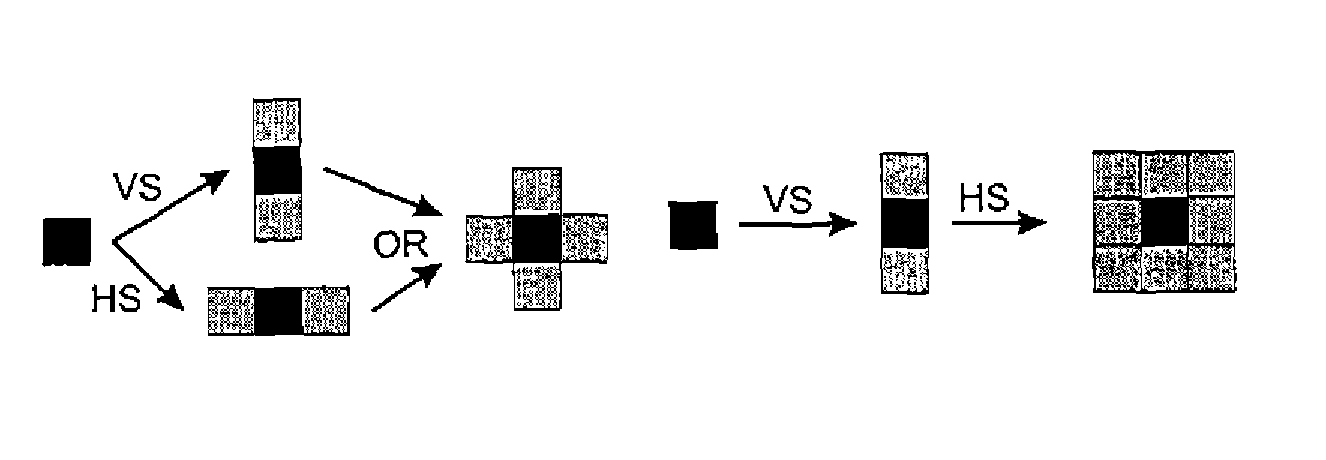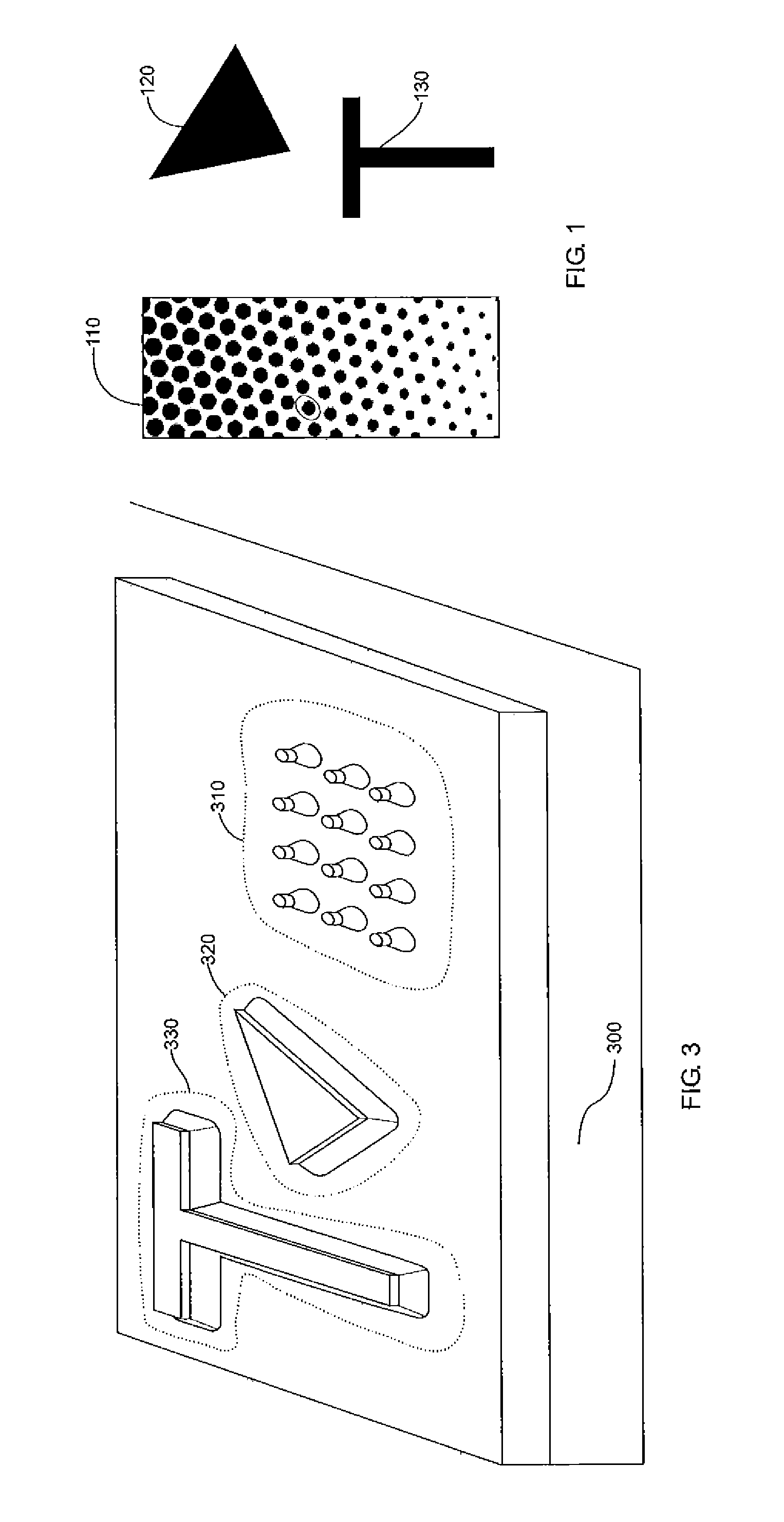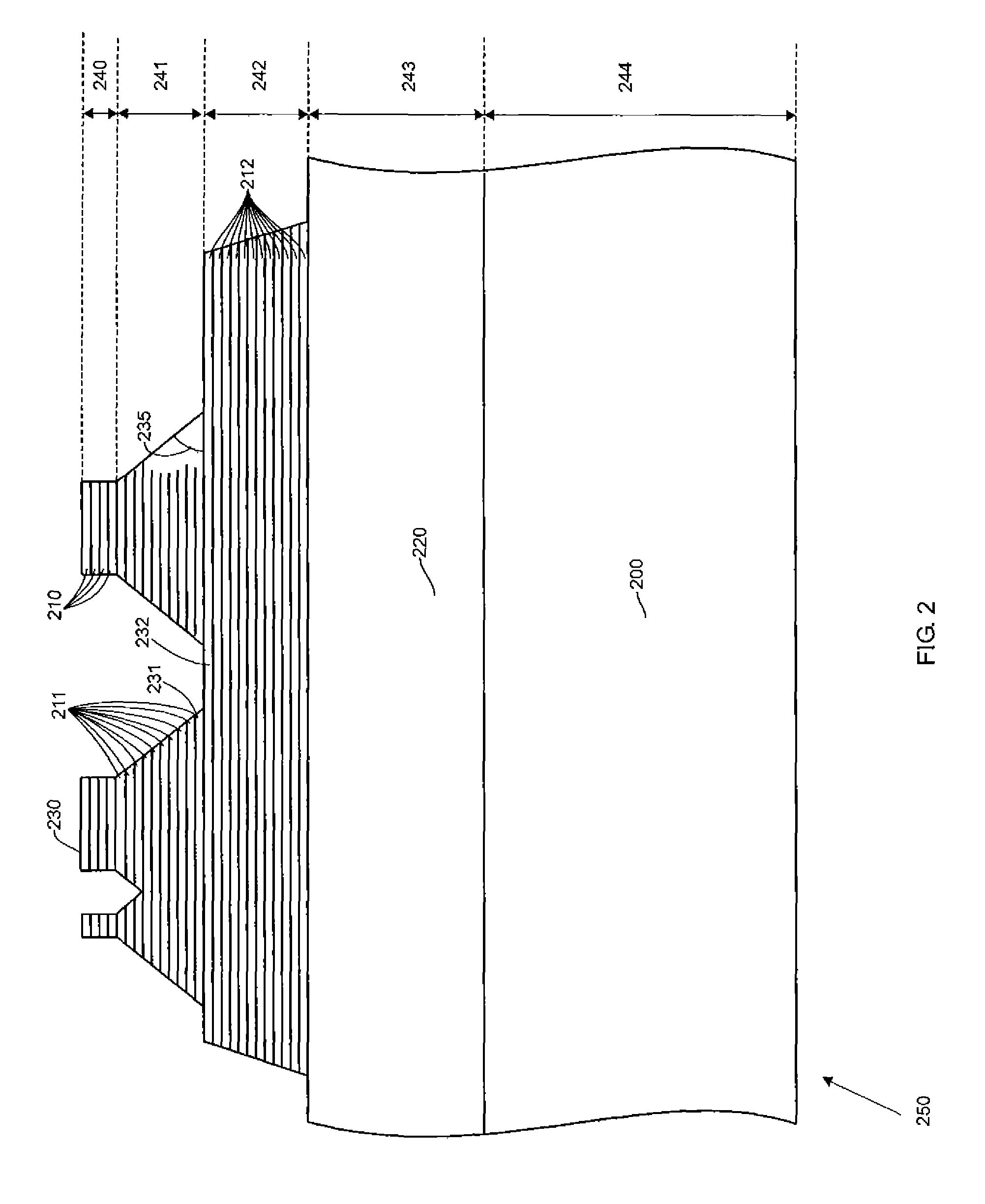Image processing method for three-dimensional printing
a three-dimensional printing and processing method technology, applied in the field of image processing methods, can solve the problems of euler buckling, the damage of the smallest raised portion of the flexographic printing plate, and the final product is not very strong
- Summary
- Abstract
- Description
- Claims
- Application Information
AI Technical Summary
Benefits of technology
Problems solved by technology
Method used
Image
Examples
Embodiment Construction
[0051]The drawings in the figures are for explanatory purposes only. The different parts in the drawings are not necessarily using consistent scales.
Rendering of a Digital Image
[0052]The image that is to be printed can be any digital image that can be represented as a raster bitmap.
[0053]A typical image comprises multiple objects such as photographs, graphic objects such as polygons and line work and text objects.
[0054]These objects are usually generated using a page description language and are rendered into a digital image by a raster image processor (RIP) such as made available by the company Adobe Systems Incorporated.
[0055]The image can be monochrome or color. In the latter case, the color image is first separated into a set of ink separations that correspond with a set of corresponding printing inks.
[0056]Halftoning refers to an image processing technique for rendering images having multiple densities on a rendering system with a restricted density resolution. For example, a d...
PUM
| Property | Measurement | Unit |
|---|---|---|
| thickness | aaaaa | aaaaa |
| thickness | aaaaa | aaaaa |
| thickness | aaaaa | aaaaa |
Abstract
Description
Claims
Application Information
 Login to View More
Login to View More - R&D
- Intellectual Property
- Life Sciences
- Materials
- Tech Scout
- Unparalleled Data Quality
- Higher Quality Content
- 60% Fewer Hallucinations
Browse by: Latest US Patents, China's latest patents, Technical Efficacy Thesaurus, Application Domain, Technology Topic, Popular Technical Reports.
© 2025 PatSnap. All rights reserved.Legal|Privacy policy|Modern Slavery Act Transparency Statement|Sitemap|About US| Contact US: help@patsnap.com



